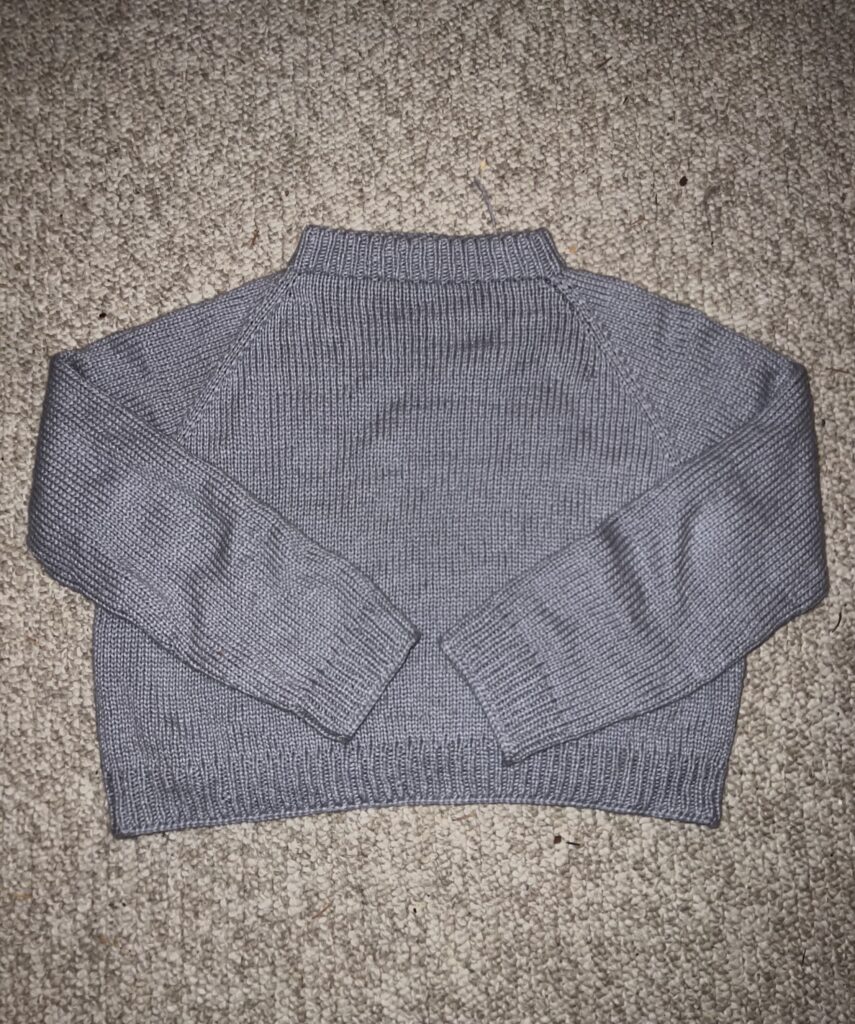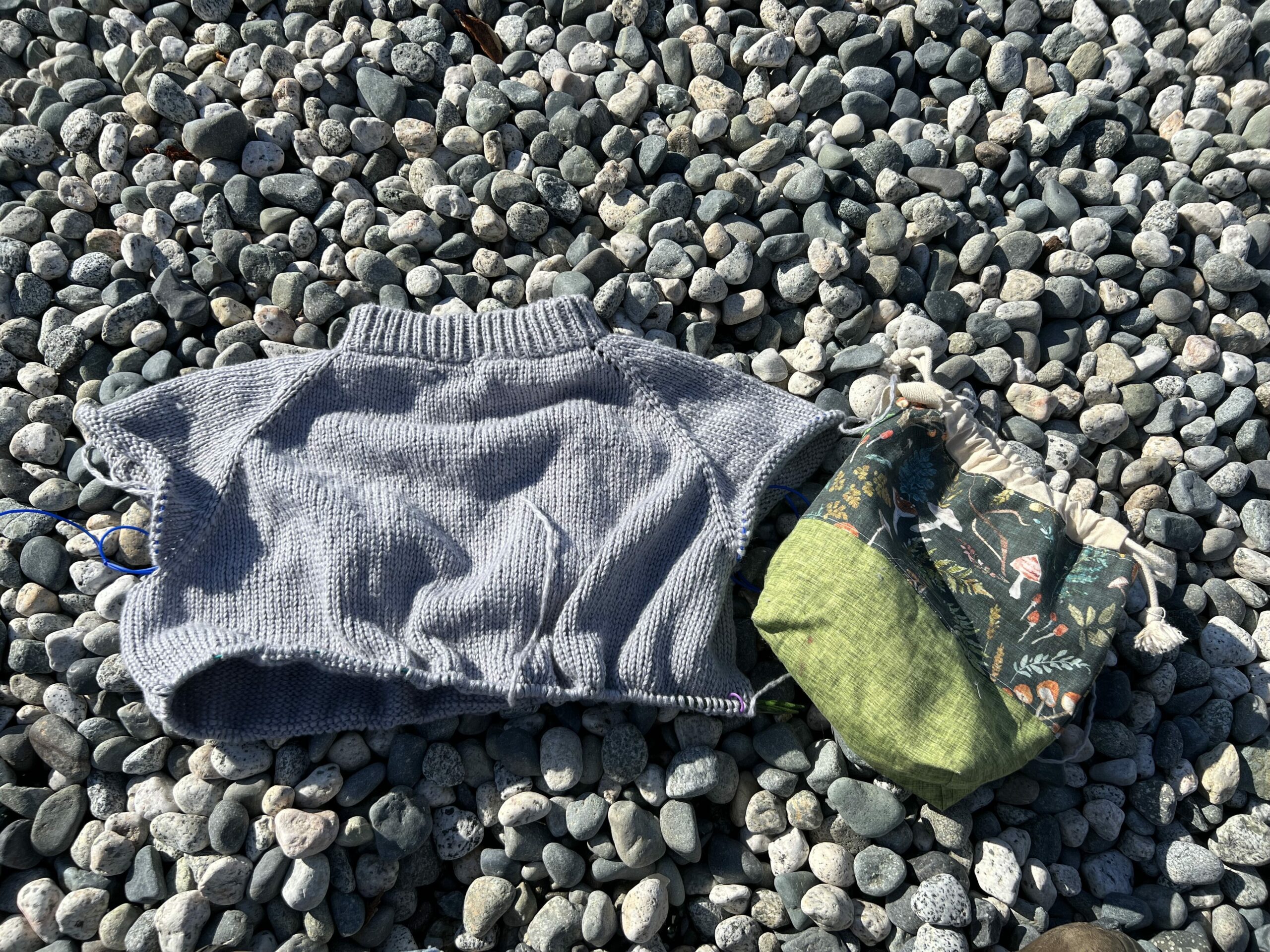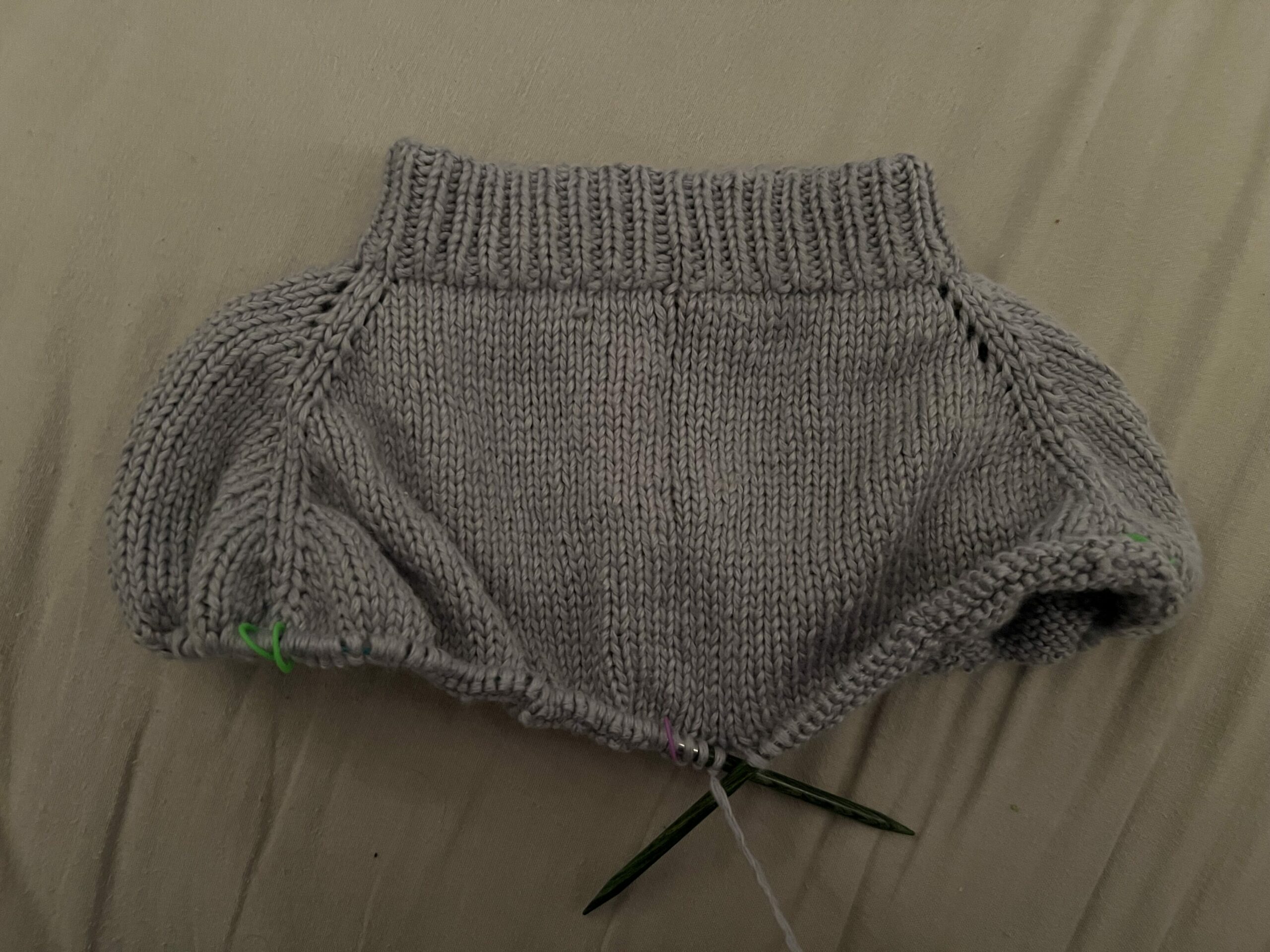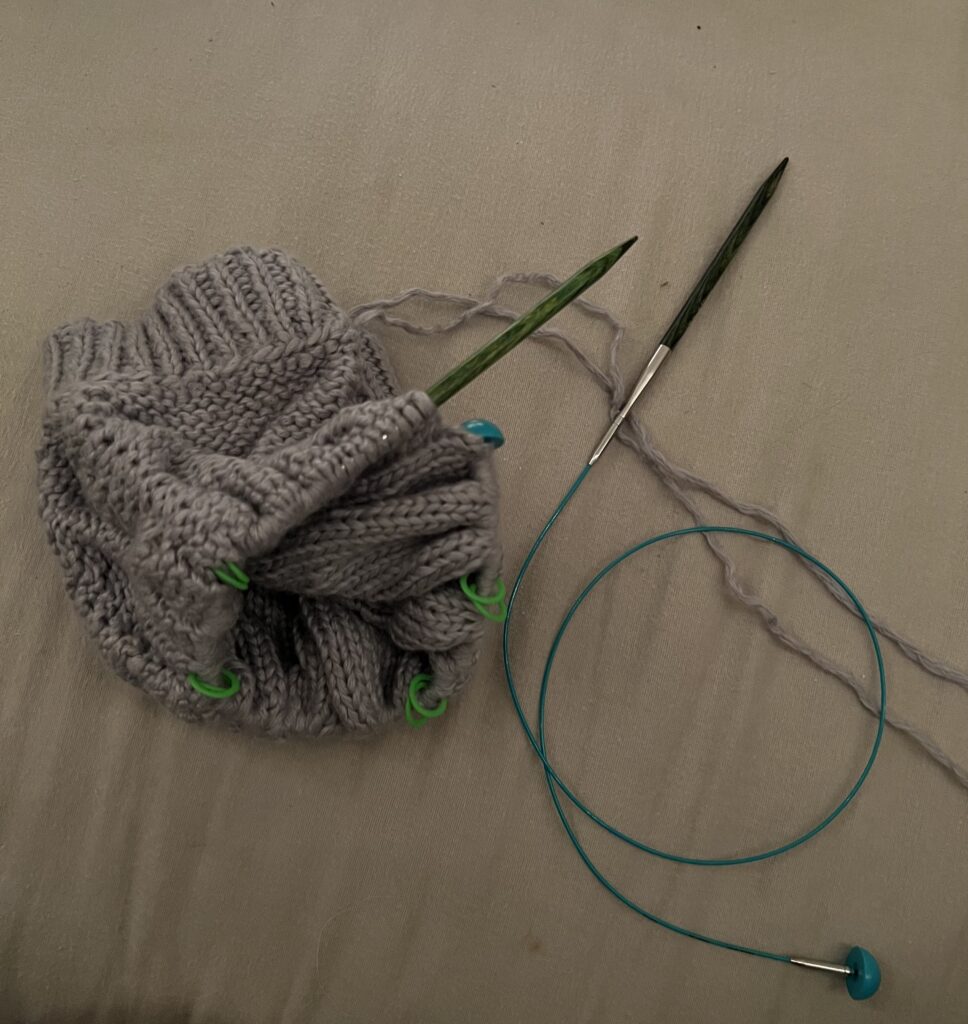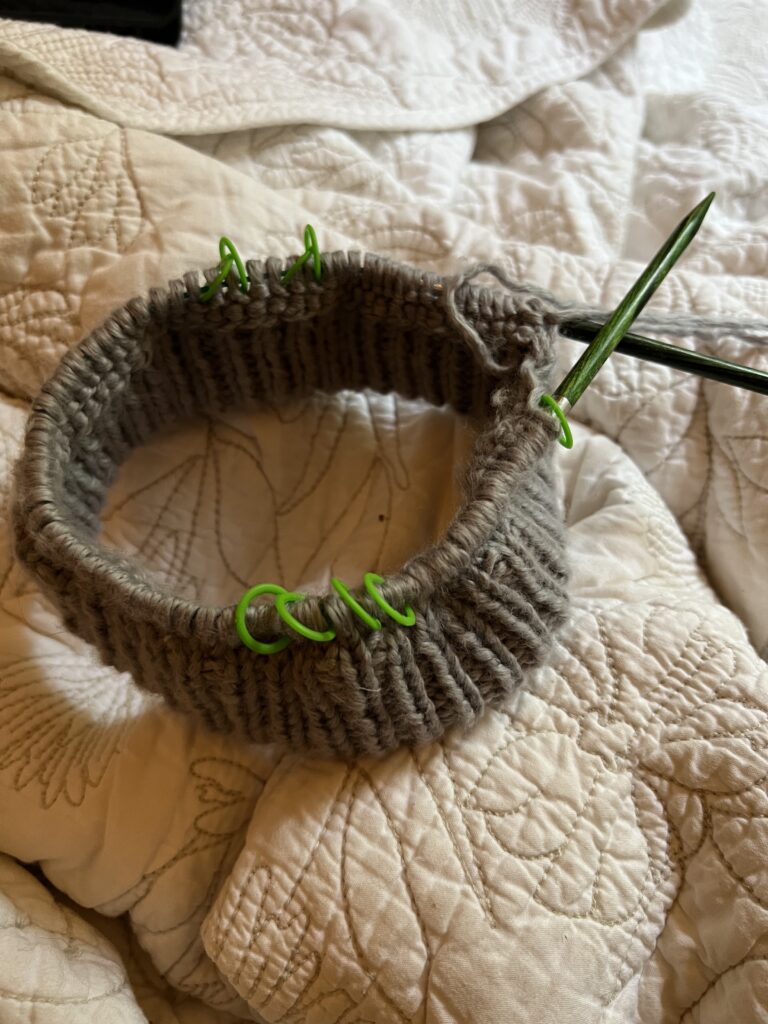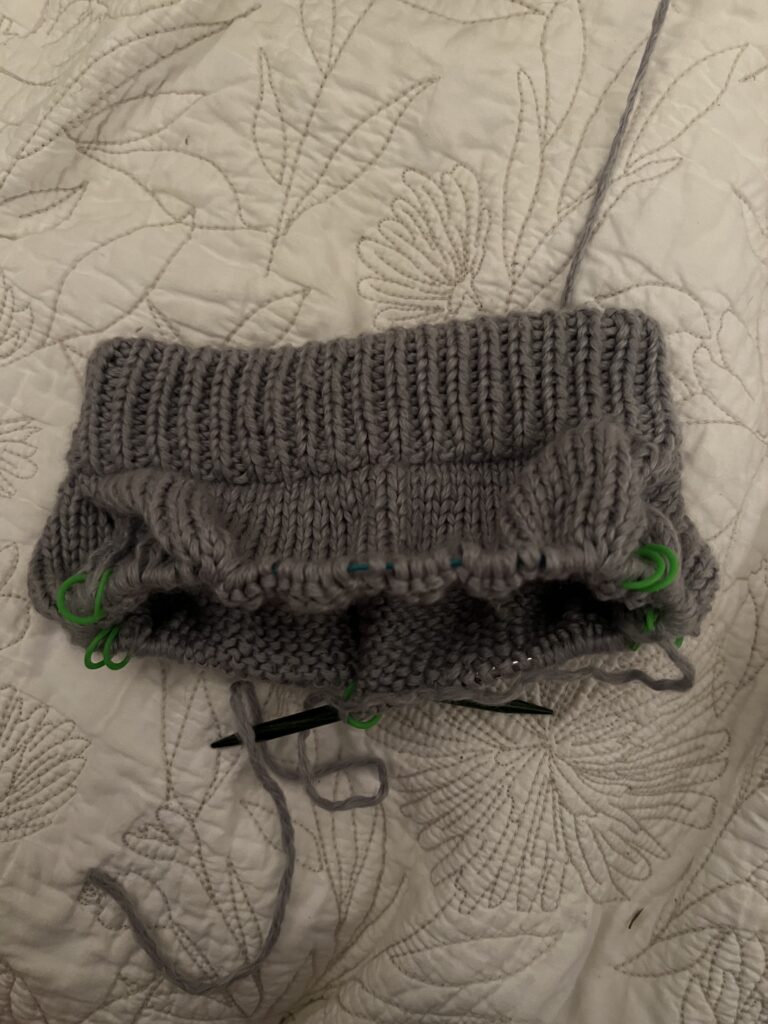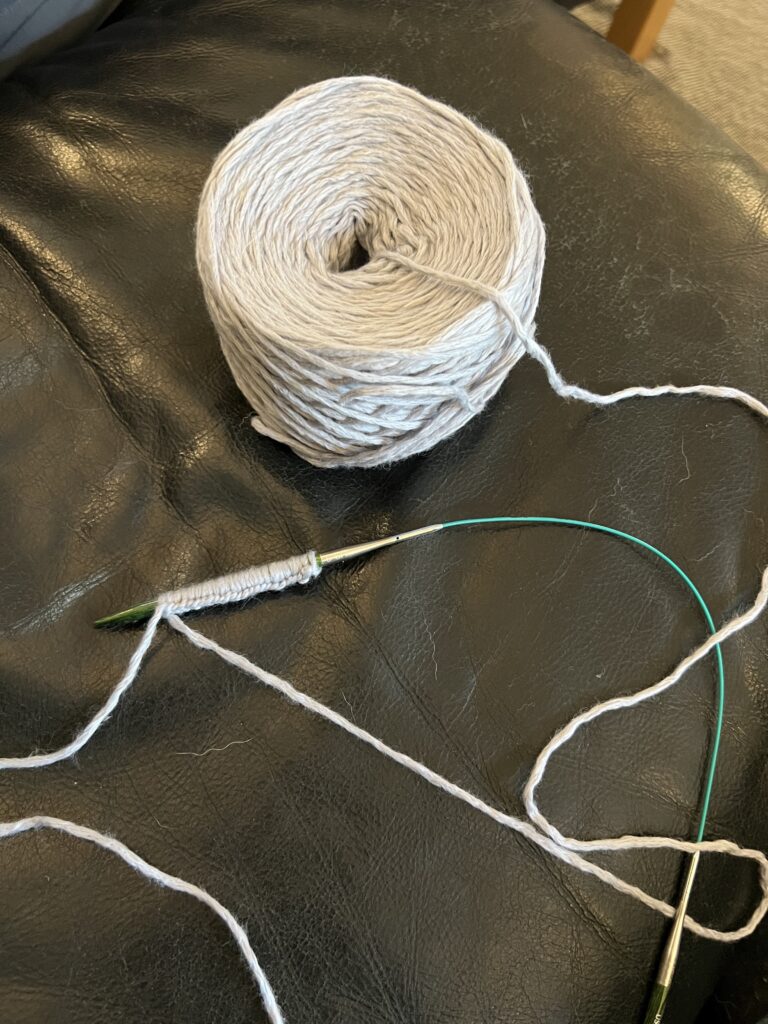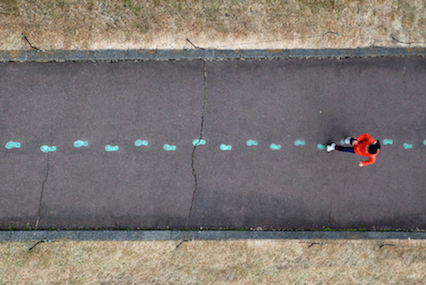I decided to do a Prezi presentation to display the timeline of my progress.
https://prezi.com/view/XuTjKCNHBDuCViGtiOqx/
Throughout this project, I have relied on multiple different technologies to complete the sweater. The main pieces of technology that I used were YouTube and the Ravelry Pattern PDF. Through YouTube, I was able to find videos of different stitches that I had to learn, as well as how to undo any mistakes that I made. The Ravelry pattern held all the information that I needed on how to make the sweater and the steps I needed to take to complete it.
I am also lucky to have people in my life who are very knowledgeable in this area and were a lot of help. I think it would have been much more difficult to do this on my own without the guidance and expertise of the people around me.
Aside for the digital technology, I also thought that it was interesting to think about the technology that I was using to create the sweater. The needles and the cables and the stitches that have such a long and rich history which came together to make the sweater from just my hands, sticks, and string.
Overall I am very proud of the result and I am looking forward to continuing this hobby for a while.
